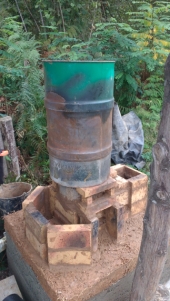Hello James !
Judging by the red roof tiles and the narrow strips of cultivated land near your site, you must be somewhere in Central or Eastern Europe

Looks to me like a very nice place.
4 hectares is quite a bit of land, and with it being a blank canvas, the options are virtually infinite.
In order to reduce the options to a manageable number, you could start with defining your goals. What do you want to obtain from your land? Do you aim to earn an income by selling crops that your land produces? Or do you wish only to grow for own consumption?
Although I'm ignorant of your goals, your design looks very reasonable. I myself am in a similar situation (rectangular plot, house near the bottom, clay soil) though I only have 1/2 hectares and the land is sloping gently. You are wise to plant a 'wilderness' zone around the perimeter. I'm certain you will derive a lot of benefits from it once it has grown into a mature hedge.
I can see you describe your Zone 5 as the 'natural / unmanaged' zone. That's fine, but personally I - rather than leave the land to its own devices - would try and put in even more trees to create a forest or woodland. I would manage it in the beginning, till trees establish, then would leave it 'unmanaged', so it takes care of itself.
Your design options will be further reduced by the limiting factors that come with your land, such as type of soil, or certain pests that may be common in your location.
For instance, I had grand plans when I designed my plot, and decided to ignore the limiting factor of clay soil. Result: I planted certain trees that I wanted very much, but were not ideal for my location - e.g., sweet chestnut trees, which can survive but not thrive in heavy clay and continental climate with cold winters. By contrast, elders - which are not the most precious or desirable trees, though I do like them - are thriving in my soil, they quickly fill out the hedge, AND they don't seem to be bothered by voles, which are wreaking havoc with my other species of trees and shrubs...
In a way, we should be thankful for limiting factors, as they might make our design choices easier

That's all from me for now. Keep us posted on your progress.
Levente

 2
2




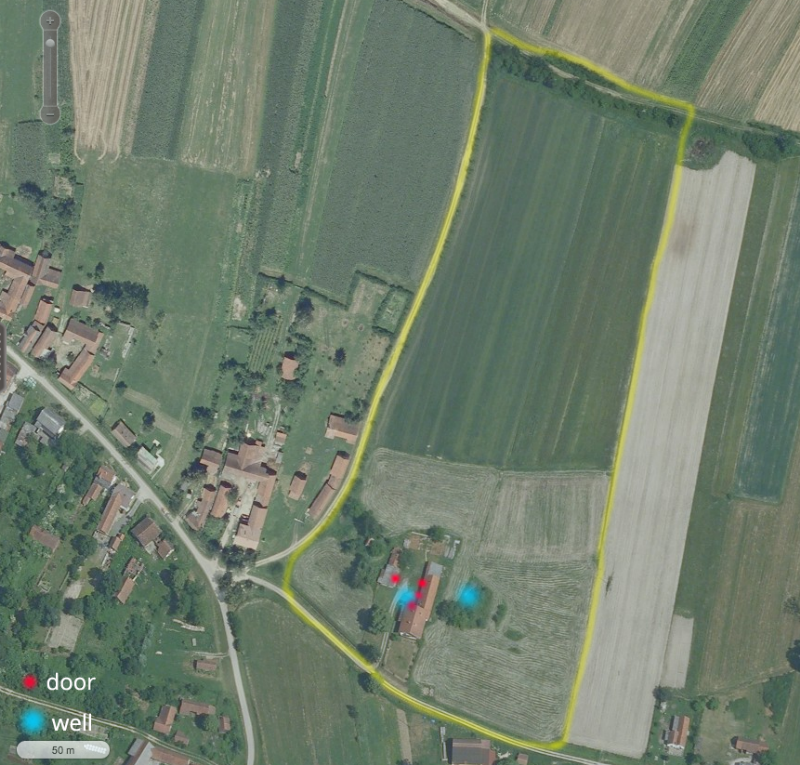
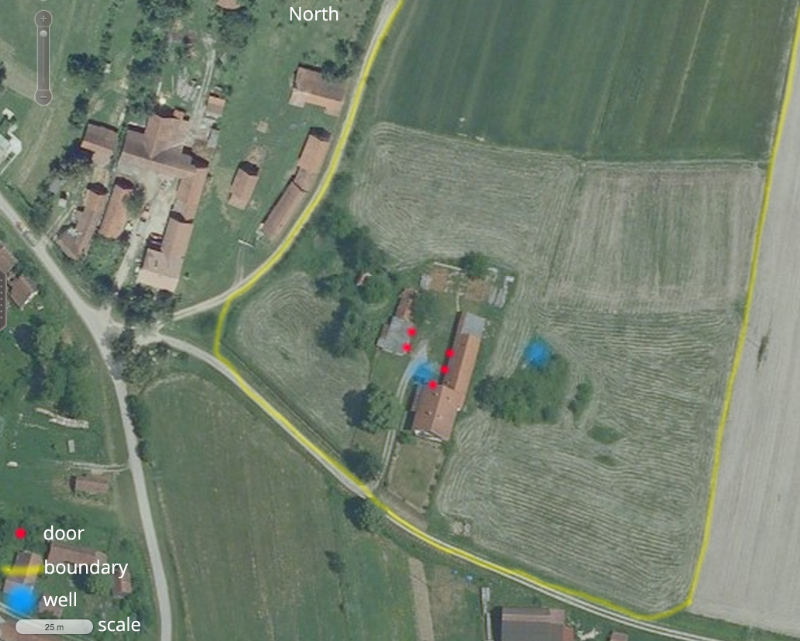
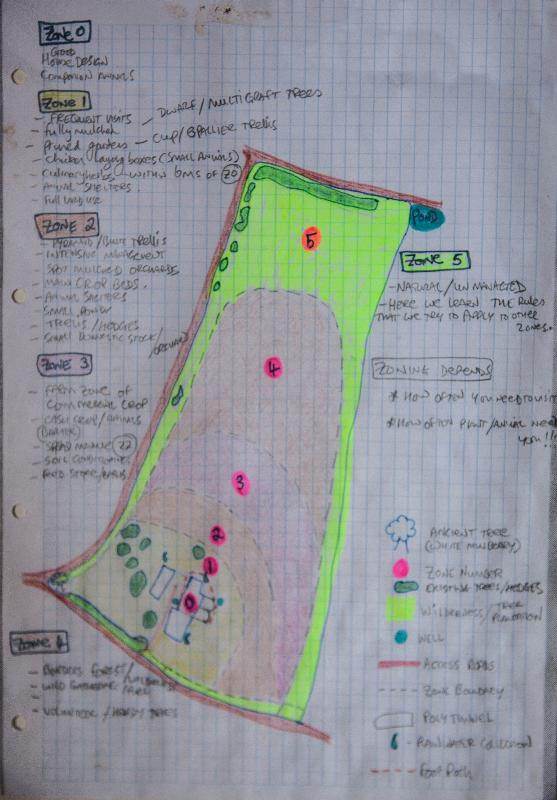
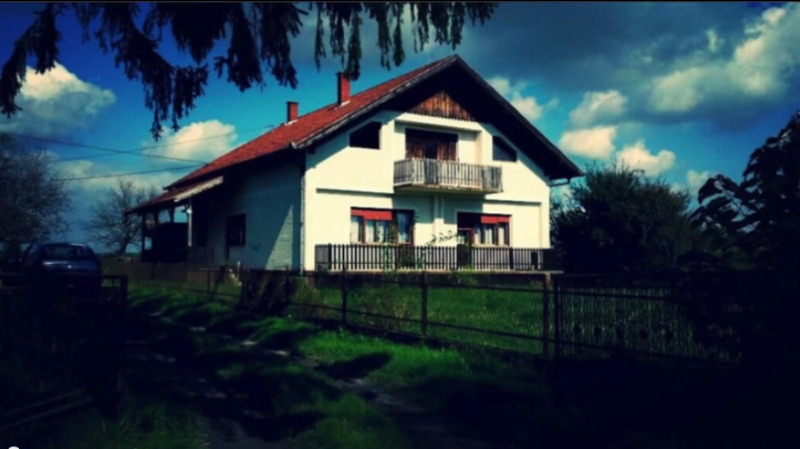
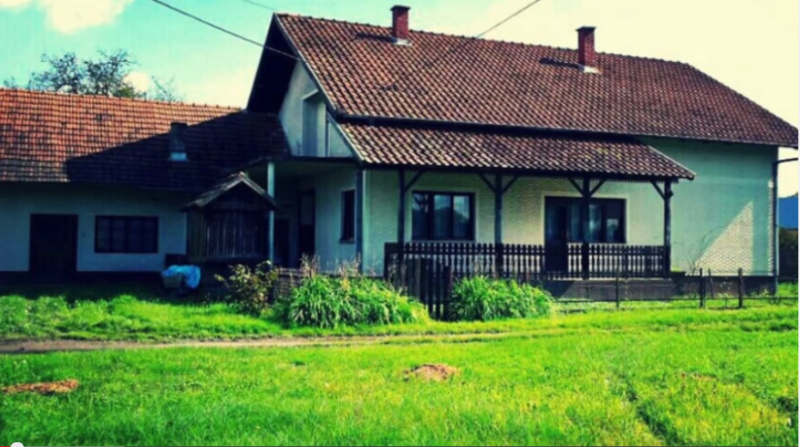

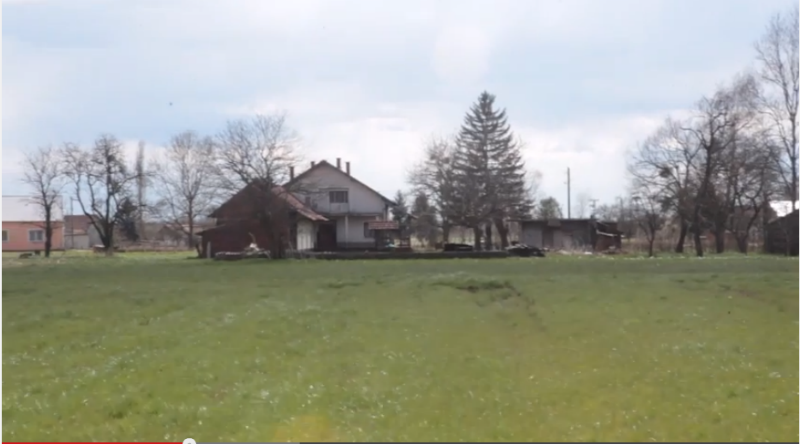

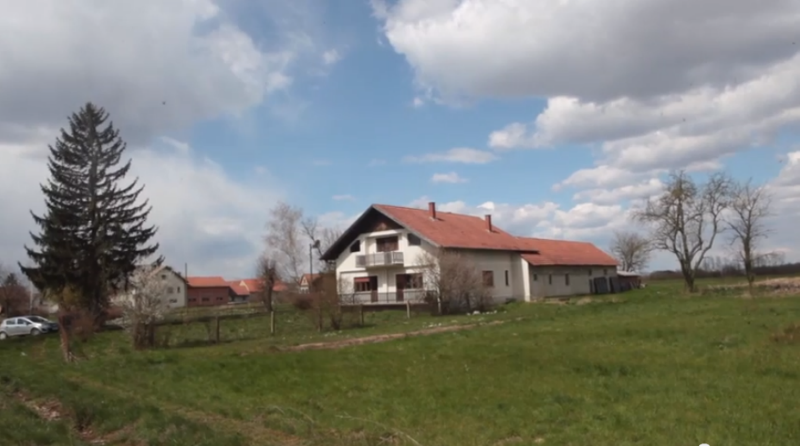
 2
2






 2
2




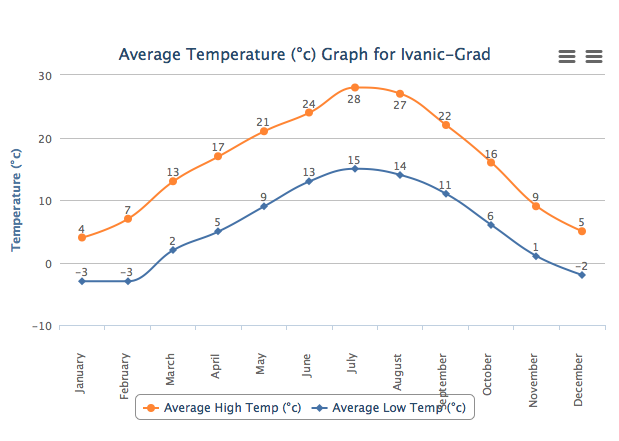

 2
2














